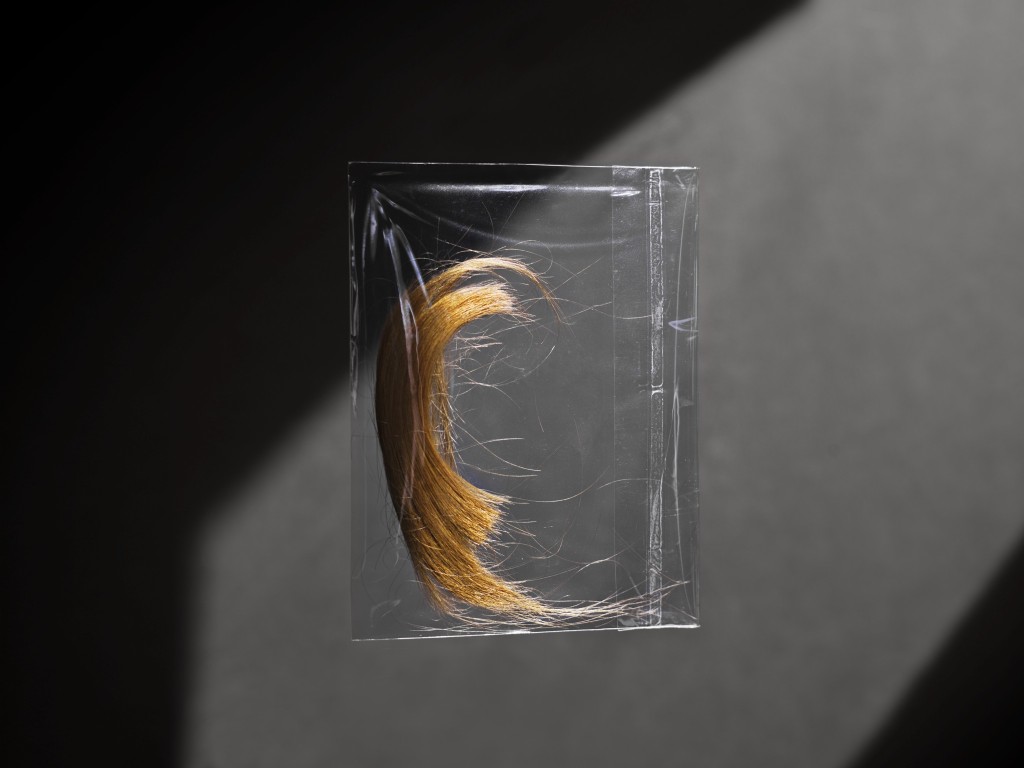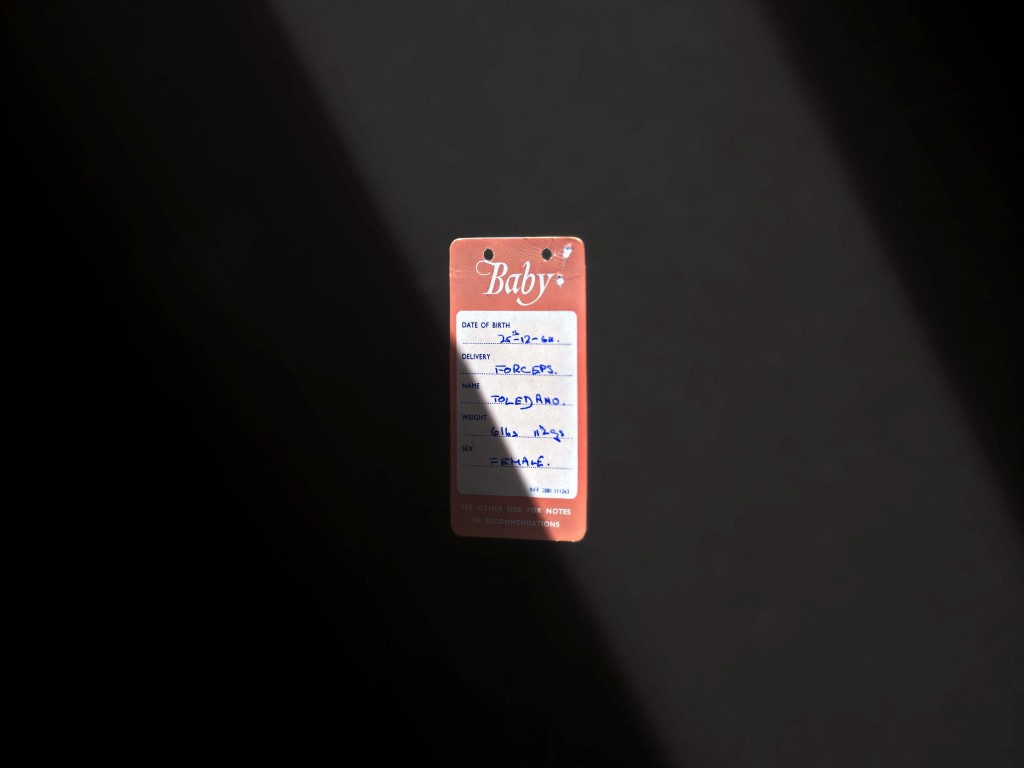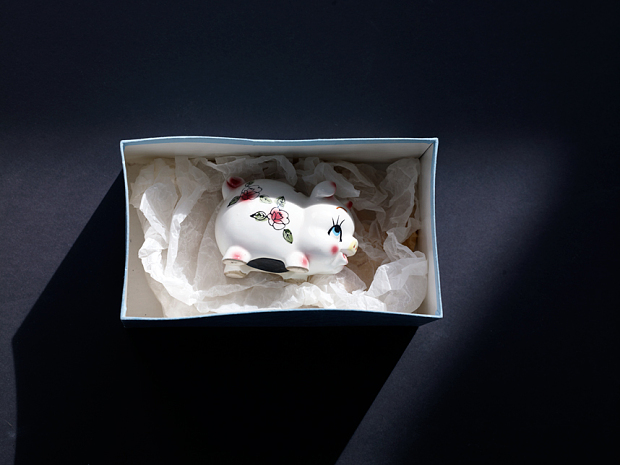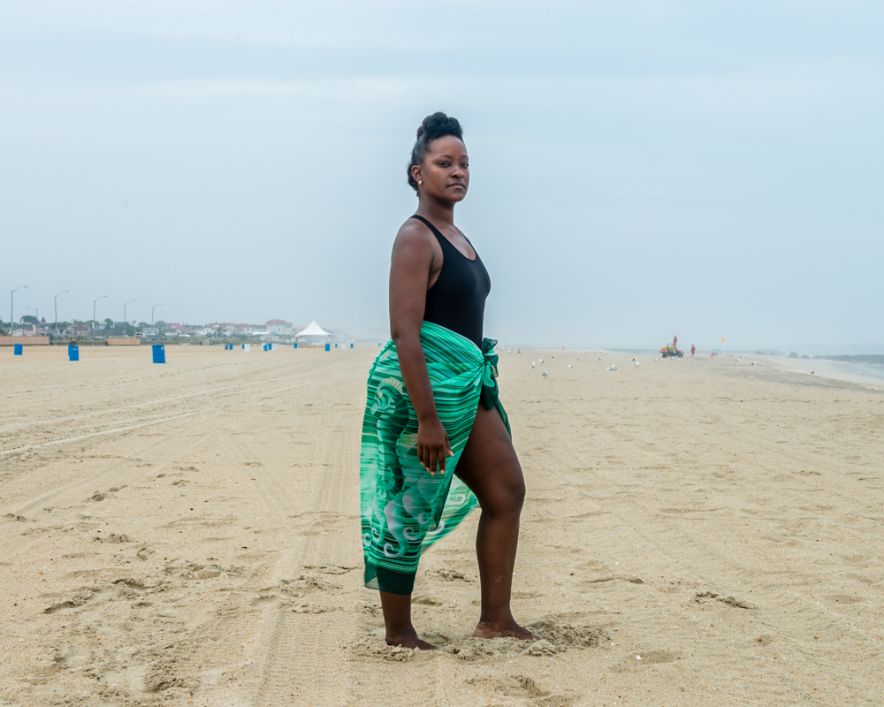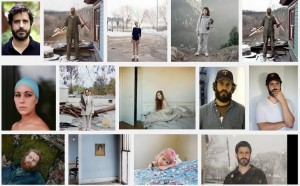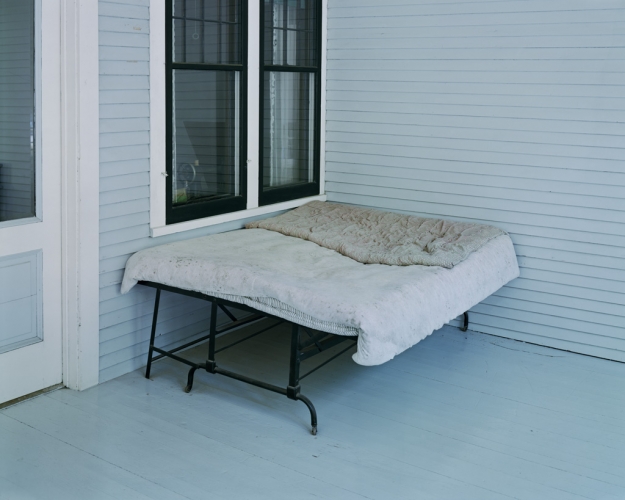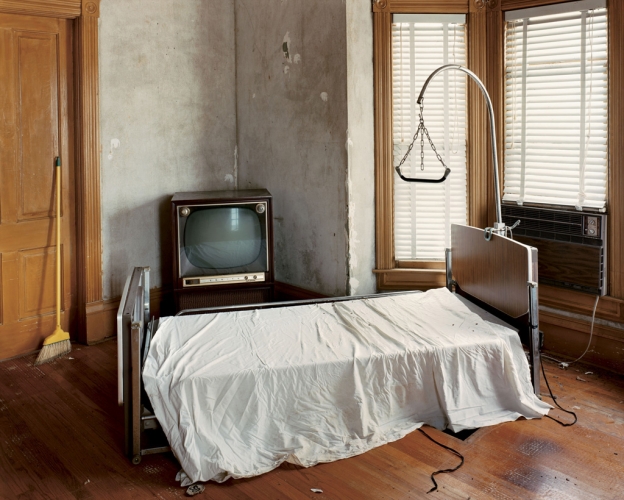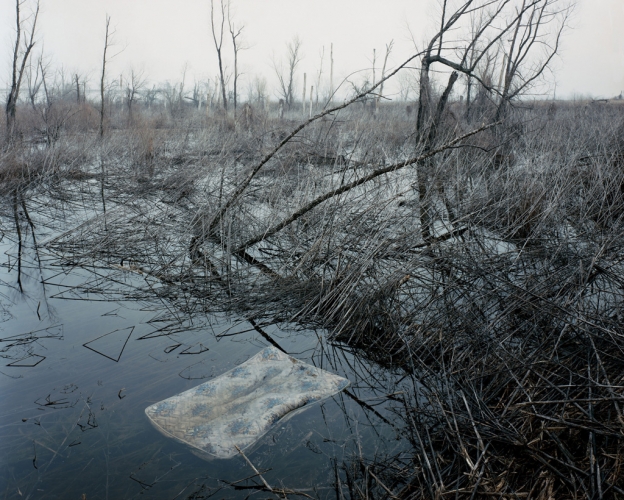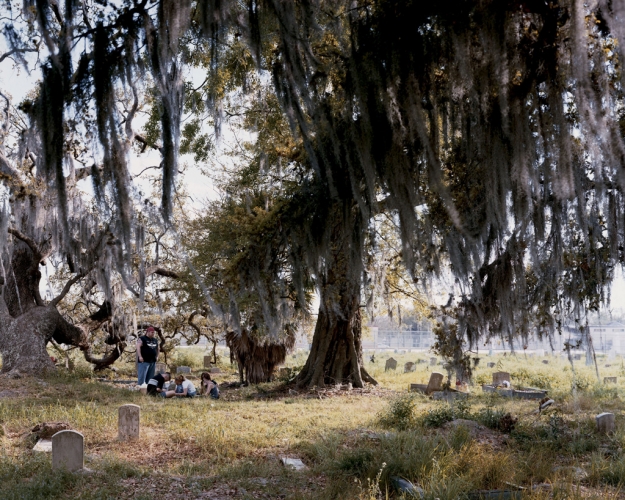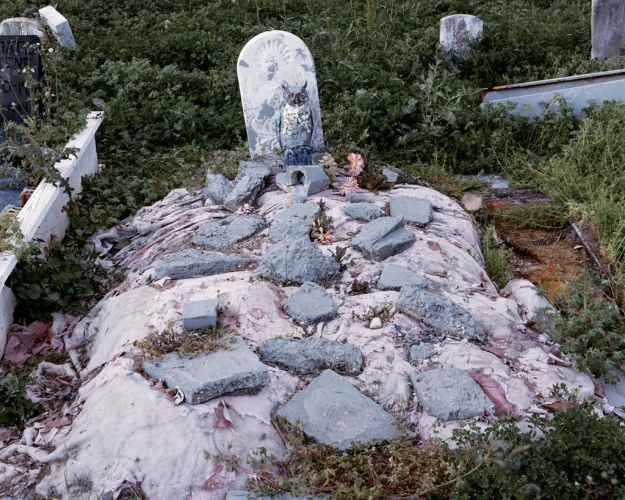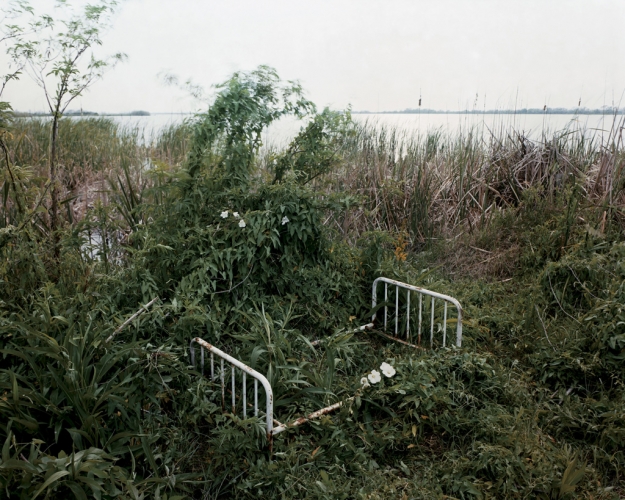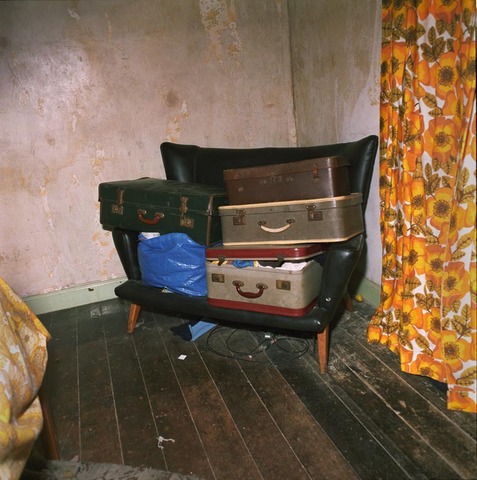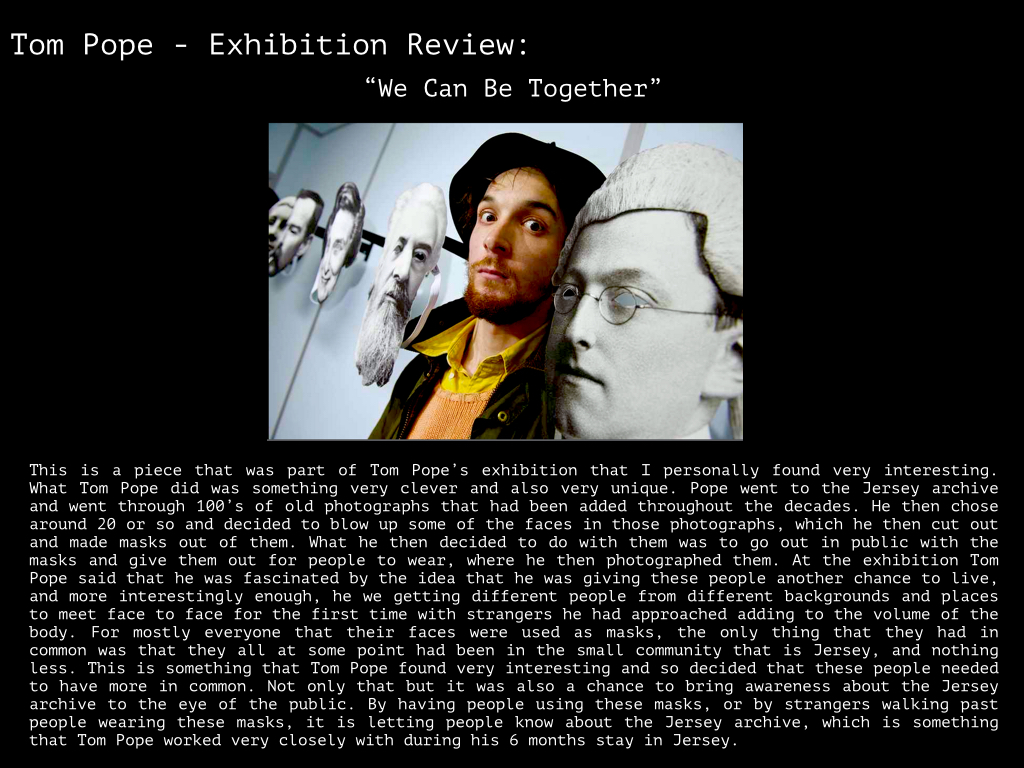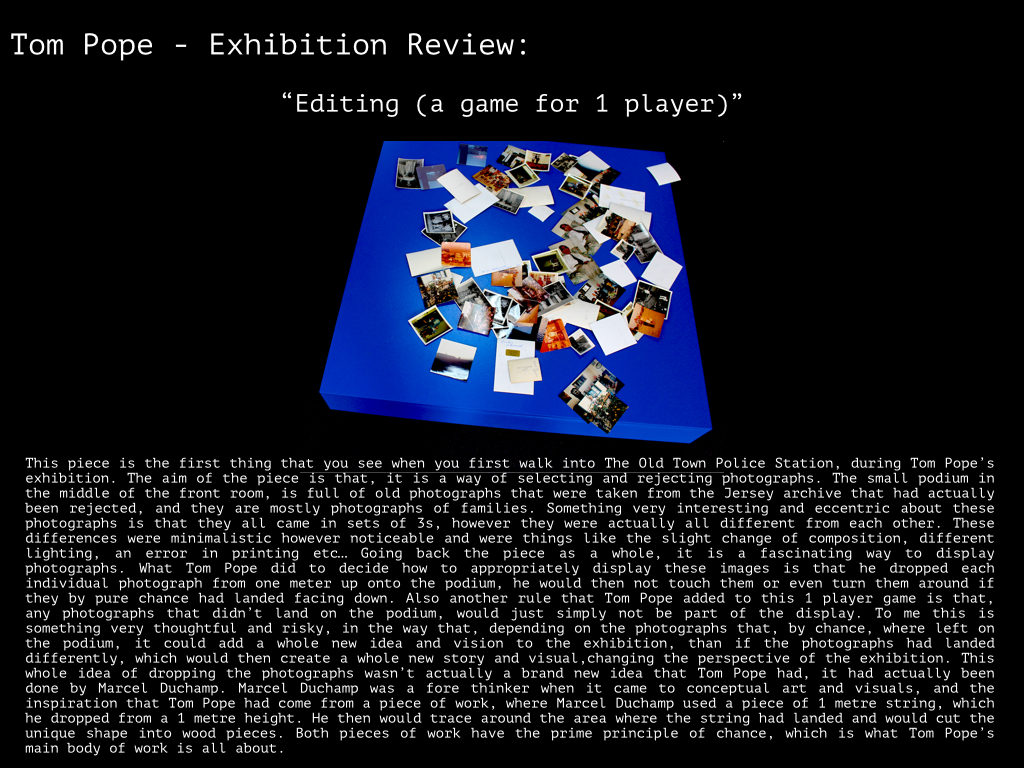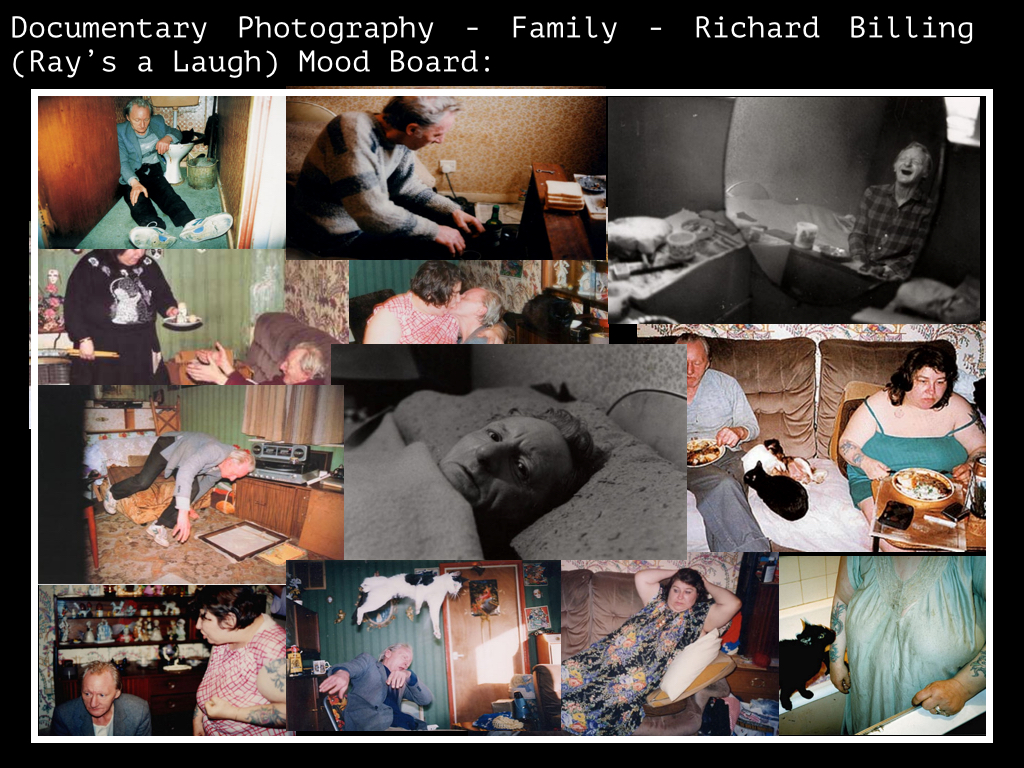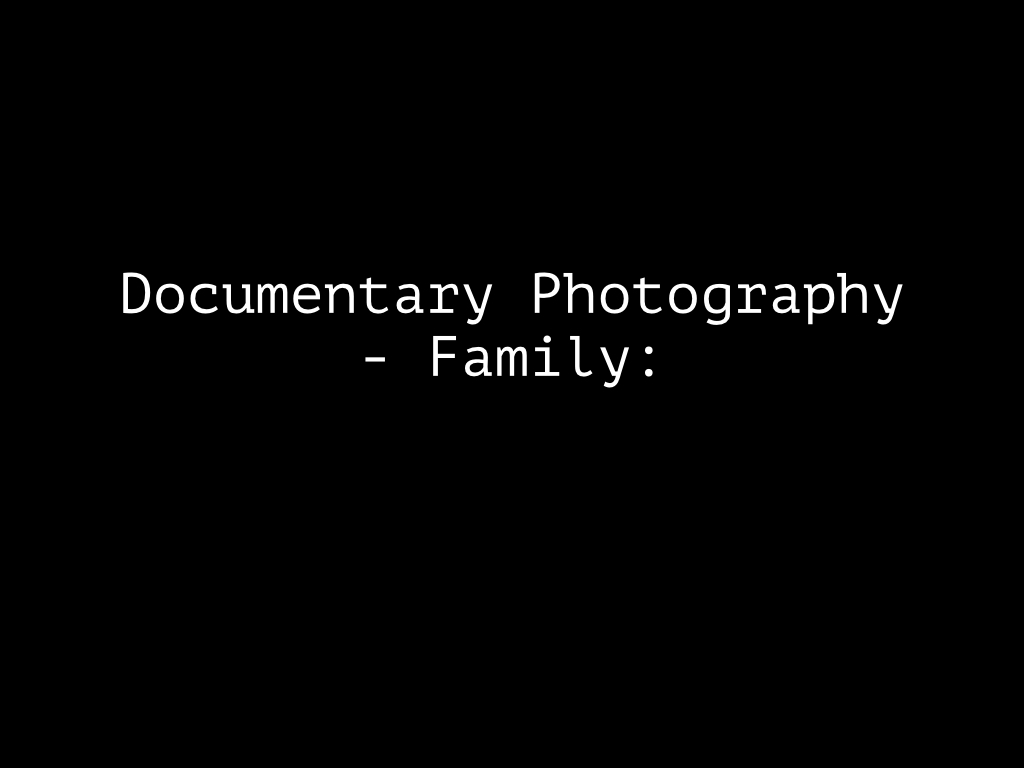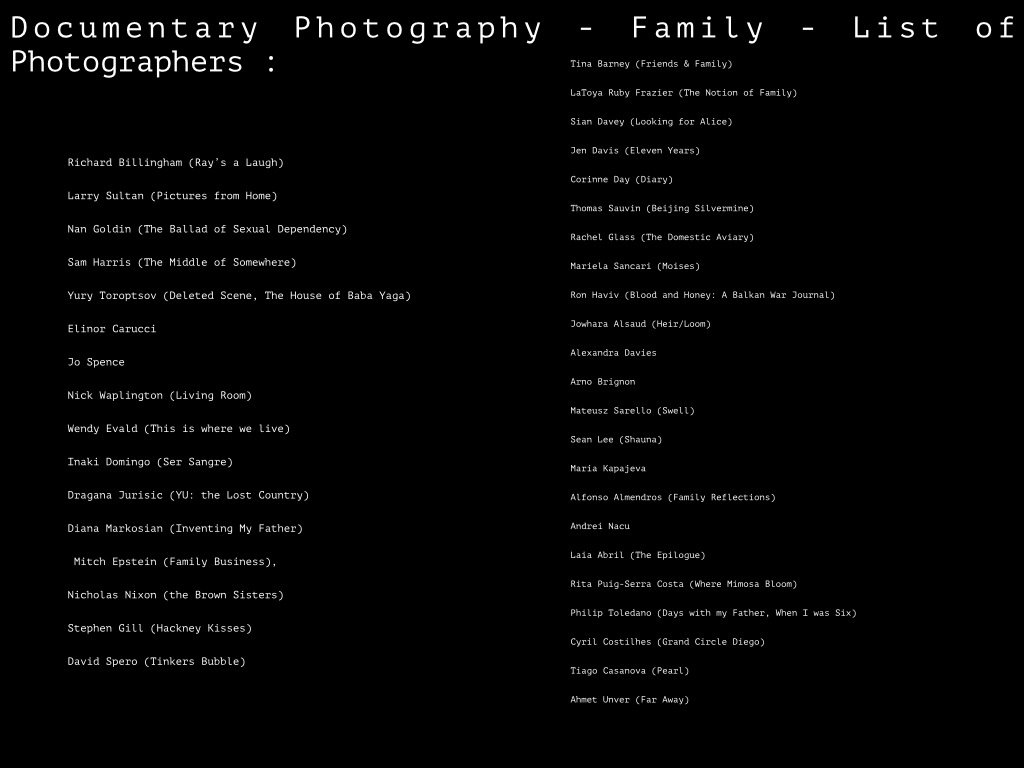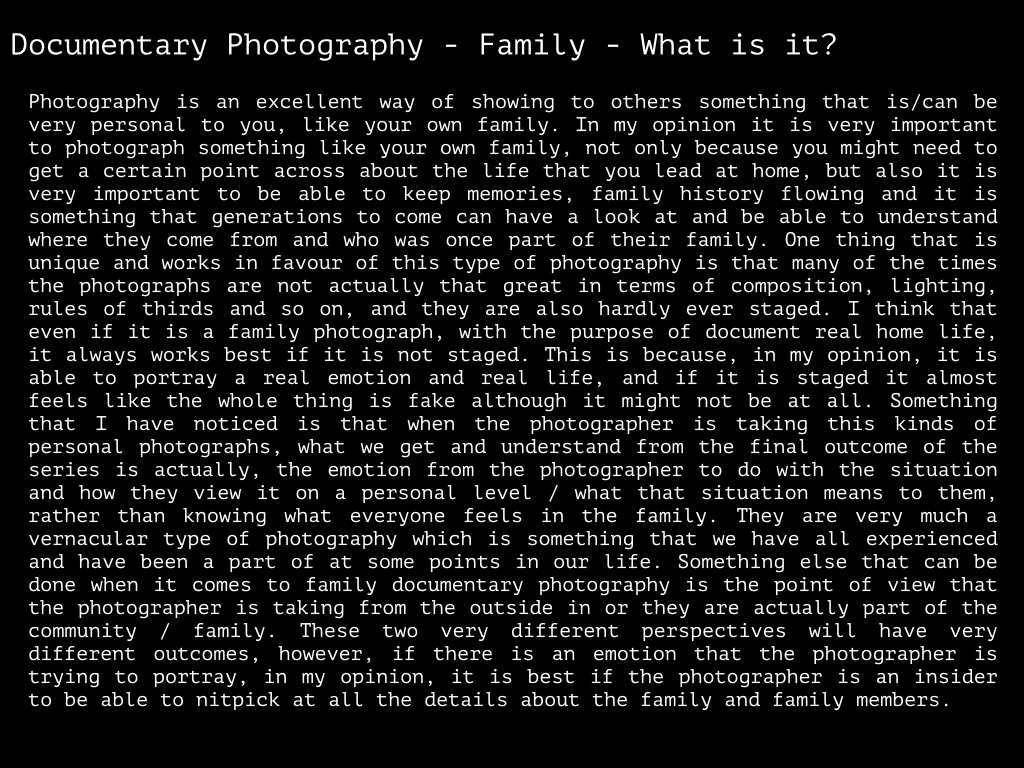Attempting to learn more about Phillip Toledano online proved difficult, Toledano has little information on him specifically and what I found useful was a quote from his website –
“I was born in 1968 in London, to a French Moroccan mother and an American father.
I have a BA in English literature. My art education came from my father, who was a full time artist.
It would be fair to say that I learned by osmosis.
I consider myself a conceptual artist: Everything starts with an idea, and the idea determines the execution.
Consequently, my work varies in medium, from photography to installation, sculpture and painting. The themes of my work are primarily socio-political, although lately I’ve strayed into the deeply personal.”
When Phil Toledano was six, his sister died. His family never talked of her again. But when his parents died, they left a box of her belongings. He therefore made a photography book called “When i was 6” – he was 6 when she died and he tried to remember memories of her he has and also things he was interested in in that period of his life. When his parents died, Toledano discovered a case in the back of their wardrobe. It was full of Claudia’s belongings, and of pictures they had taken of her.
“When I saw the pictures, she seemed so grown up, and that was so shocking to me,” he says. “She was a real person. I guess it’s easy to think you’ve lost a baby than you’ve lost a person.”

A year elapsed between his discovery of Claudia’s belongings and finding the strength to begin When I Was Six. “It was almost hilariously miserable,” he says. “I’d take a picture, then I’d start crying. I’d go to sleep and then wake up, take some more pictures, and start crying again. It was just so exhausting, on a molecular level.”

Some of the images i find extremely interesting, also the idea that these belongings of a sister toledano has very little rememberance of intrigues me. Finding this box caused him to make a photo book of her belongings, here are some of the images from the book thati find the most interesting.
I love the way these images have been taken and presented aswell. A typical presentation would be just flat on a table and taken from a birds eye view. Toledano changed this and made the images of the objects interesting aswell, by using natural lights to create contrasting shadows and propping the objects up aswell as piling things up to increased perceived quantity but letting the eye only see the most interesting one. However the contrasting and strong natural light with created shadows makes the images look moody and mysterious, this I feel sets a great theme for the book.




